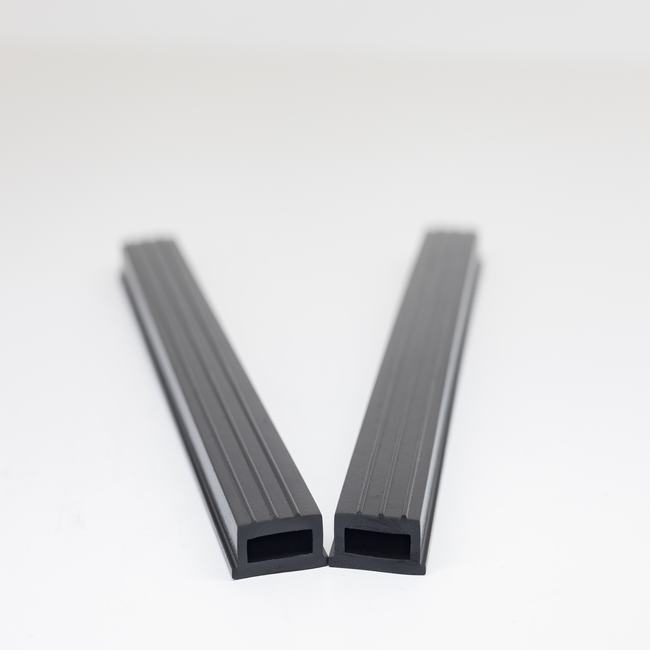EPDM (Ethylene Propylene Diene Monomer) rubber gaskets are widely used sealing components known for their excellent resistance to weathering, UV exposure, ozone, and a wide range of chemicals. They are versatile and can be used in various applications, including automotive, industrial, HVAC (Heating, Ventilation, and Air Conditioning), plumbing, and construction. Here’s more information about EPDM rubber gaskets:
1. Material Properties:
- Weather Resistance: EPDM rubber gaskets are highly resistant to weathering, making them suitable for outdoor and exposed applications. They can withstand prolonged exposure to sunlight, rain, and temperature extremes without deteriorating.
- Chemical Resistance: EPDM rubber has good chemical resistance, making it suitable for use in contact with many acids, bases, and aqueous solutions.
- Temperature Range: EPDM rubber gaskets can operate effectively in a broad temperature range, from -40°C (-40°F) to 120°C (248°F) or even higher, depending on the specific formulation.
- UV Resistance: Their resistance to ultraviolet (UV) radiation makes EPDM gaskets a preferred choice for outdoor applications where exposure to sunlight is a concern.
- Electrical Insulation: EPDM rubber is known for its electrical insulating properties, making it suitable for various electrical applications.
2. Types of EPDM Rubber Gaskets:
- O-Rings: EPDM O-rings are used to create a seal between two mating surfaces, preventing the leakage of fluids or gases in a wide range of applications, including plumbing, automotive, and industrial equipment.
- Flange Gaskets: EPDM flange gaskets are used in piping systems and equipment with flanged connections to create a leak-proof seal between two flanges.
- Sheet Gaskets: EPDM rubber sheets can be cut or die-cut to create custom gaskets for specific applications, such as tank lids, access doors, and machinery.
- Extruded Gaskets: EPDM rubber can be extruded into various profiles and shapes, making it suitable for sealing applications that require custom profiles.
- Window and Door Seals: EPDM gaskets are commonly used in the automotive industry for sealing windows, doors, and sunroofs. They provide both weather resistance and noise reduction.
- HVAC Seals: EPDM gaskets are used in heating, ventilation, and air conditioning systems to create airtight seals, especially in ductwork and access panels.
3. Applications:
- Automotive: EPDM gaskets are widely used in the automotive industry for engine seals, weatherstripping, window seals, and various under-the-hood applications.
- Construction: EPDM gaskets are used in construction for sealing doors, windows, roofing, and other building components to provide weather resistance.
- Plumbing: EPDM gaskets are commonly used in plumbing systems for sealing pipe joints, valves, and fittings.
- Industrial: EPDM gaskets find applications in industrial machinery, equipment, and piping systems where chemical resistance and weather resistance are required.
- Electrical: EPDM gaskets are used in electrical enclosures and panels to provide a seal against moisture and dust.
- Marine: EPDM gaskets are used in marine applications for sealing hatches, access doors, and equipment to withstand exposure to saltwater and UV radiation.
EPDM rubber gaskets are known for their versatility, durability, and reliability in a wide range of demanding applications. Proper material selection, based on the specific requirements of the application, is essential to ensure the best performance and longevity of EPDM gaskets.






